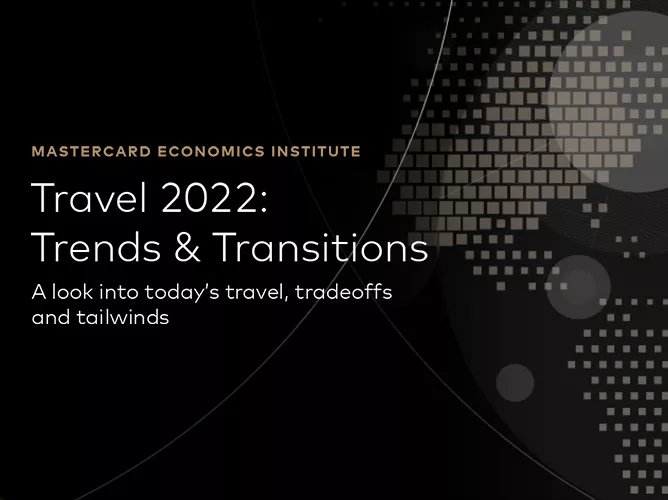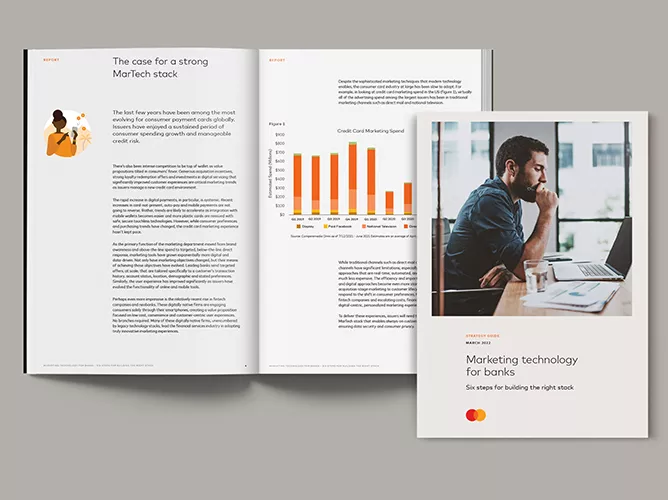June 15, 2022
Part 2: Product line extensions
Part two of a six-part series by Silvio Piserchia, Global Segment Lead, Fintech & Digital.
Neobank logotypes are often deliberately lower case, sans serif and colorful. Even when they do opt for some traditional financial blue, it is usually a breezy sky blue or enlivened with a purplish hue.
The spiffy branding combines with streamlined user interfaces and experiences, smooth onboarding and competitive pricing. Just a few years ago, those ingredients were enough to pull a unicorn out of a hat. Then the traditional banks caught up.
Single-purpose value propositions around prepaid, debit and credit cards are no longer enough. Account aggregation services are commonplace. Fast digital onboarding with real-time approvals and without the need for laborious form-filling are transformative but only go so far. Why opt for a neobank when a traditional bank now offers the same innovation solutions along with a host of other financial services?
The fintech pedigree of neobanks puts them in good stead. Fintech solutions, such as alternative credit scoring and real-time liquidity management, are transforming financial services. With one foot in banking and the other in fintech, neobanks are uniquely positioned to absorb the deep expertise of the traditional banking sector and blend it with the revolutionary fervor of fintech.

Another type of account
Competition is stiff in one of the world’s major fintech hubs. Neobanks compete with each other and with traditional banks. Bank accounts, which were once the preserve of the mass-affluent, are commonplace and streamlined.
A South American neobank, which already differentiates itself by offering accounts in foreign currencies, wants to go beyond payment accounts and financial management tools into investment accounts with automated portfolio management.
Fintech brokerages already exist in the market. The opportunity for the neobank comes from combining investment services with the convenient user experience and global dimension of its core banking app. Local and global market benchmarks, customer research and segmentation, portfolio analyses, and controlled prototype testing help the neobank identify the operational upgrades and marketing strategy needed for a successful launch.
Read on for a look at the five ways neobanks can continue to thrive:
Part 1: Introduction
Part 3: Global expansion
Part 4: Continuous innovation
Part 5: Operational improvements
Part 6: Gap filling
Or download the full report: After the findustrial revolution: How neobanks can continue to thrive.













